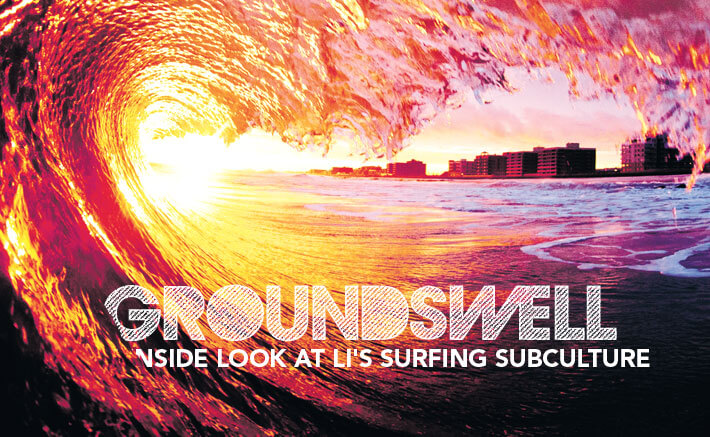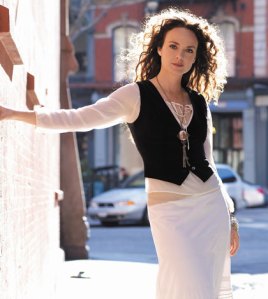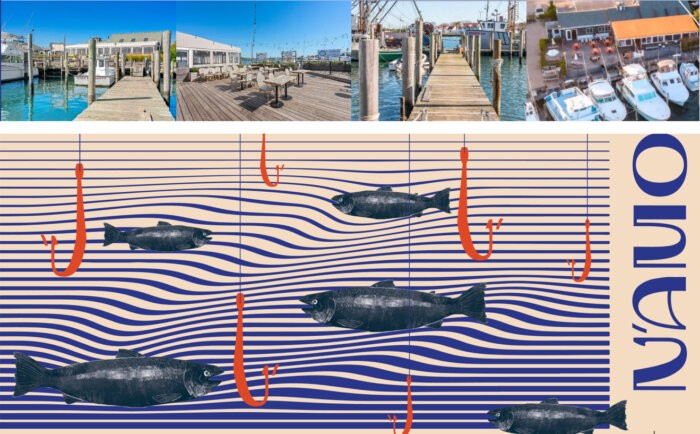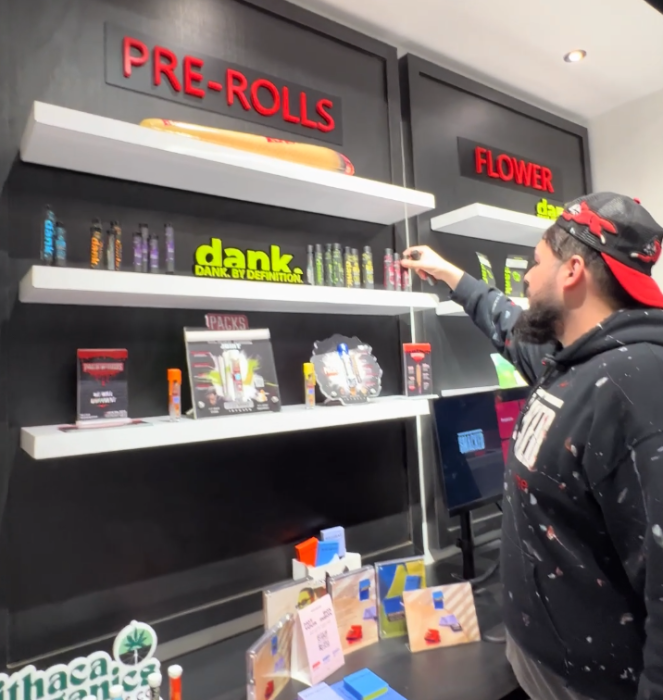
Beach Boys and Girls
They are teachers, college professors, businesspeople, journalists, students. They live in modest homes on narrow streets in Long Beach and drive orange Honda Elements. They’re in their 20s, 30s, 40s, 50s and even 60s. They’re not all buff or have ripped abs, although tremendous upper and lower body strength is required for what they do.
They’re regular people. No dreadlocks, no exclamations of “Gnarly dude!” when something excites them. Long Island surfers blend in with the rest of the population here. After decades of overcoming stereotypes and lack of acceptance, the only thing that might make them stand out now is a surf T-shirt or a bumper sticker on a car.
“It’s just a bunch of happy-go-lucky guys going surfing,” says 41-year-old Charlie Bunger of the family-owned Bunger Surf shops. “It’s a pretty pleasant vibe. It’s a neat lifestyle.”
In a broad sense, LI possesses the characteristics of many well-known surf regions: oceanfront cities and miles of beaches, surf shops and competitions, scorching hot summers. But what sets it apart from, say, California, is that surfers here do not have the luxury of those on the Pacific Coast. They can’t go out surfing every morning before work, or dedicate each weekend to it. Instead, they have to plan ahead.
“You’ll make your schedule based around surfing,” Becker says.
“It’s really hard to have a structured life here,” adds East Coast Surfing Hall of Famer Ed Fawess. But “like anything you love, you find a way to do it.”
They’ll miss family gatherings. They’ll call in sick to work. They’ll cut vacations short. They’ll do pretty much anything to get out of something just so they can surf LI’s waves.
Surfers here have felt this way for years. After legendary Hawaiian surfer Duke Kahanamoku introduced surfing to the East Coast in 1913, it took a few decades before a culture began to form on LI. The sport came here permanently in the 1940s, but it didn’t become popular until the ’60s with the opening of the Island’s first surf shops: Bunger in Babylon and Sundown in Levittown. Since then, it has grown and made its way into the mainstream.
“It’s more commercialized now,” Fawess says. But “it really started as a soulful sport. It’s nice to see that maintained.”
Fawess, a retired businessman, has surfed off LI for decades. He’s seen all the changes, good and bad, and is known as a local legend. In 1998 he earned a spot in the East Coast Surfing Hall of Fame for his craft, charity and handiwork involving the sport. The 62 (“and a half”)-year-old is also credited with keeping the longboard alive during a time when use of that particular piece of equipment almost disappeared, thanks to the short board.
One thing that hasn’t seen much change is the lack of access to the Atlantic. Back in the ’50s and early ’60s, every LI beach allowed surfing until a surfer broke his leg at Jones Beach, causing the sport to be prohibited on state land until the ’70s. Many beaches still have strict surfing rules because it is a safety hazard for swimmers, so surfers usually must go out early in the mornings or in the evenings when the waves are good.
“Forever we’ve been fighting for access to our ocean,” Fawess says, with a hint of frustration in his voice. “It’s been a 40-year process.”
In the past, some elected officials have even gone as far as banning surfing altogether.
The sport’s popularity here comes in waves. Many surfers say there will be spurts of growth here and there, but since Quiksilver Pro put Long Beach surfing on the map, they predict the growth to be permanent this time around. And part of the growth within the past 10 years can be credited to more women like Stallone taking up the sport.
Throughout the years, popular or not, the spirit of surfing hasn’t changed. It’s a sport many describe as a calling, something that, after the first time, sucks a person in. When surfers talk about it, it’s as if they’re describing an addiction.
“It’s such a passionate thing,” Becker says. “It’s an itch you need to scratch.”
Even after taking a few years off, Stallone found herself drawn back to the sea. When she was 14, she went out surfing during extremely rough conditions churned up by Hurricane Katrina. Nothing bad happened, but when she got out of the water she realized the danger she put herself in.
Panicked, Stallone stopped surfing and took up other hobbies. Many LI surfers are able to do that, because there aren’t always opportunities to ride waves. Although many are surf-related, surfers take up other activities in order to fill the gaps and keep their minds busy between surf outings. Richard Quinn photographs surfers for his website surfli.com when he’s not surfing himself or working in the IT department at Touro Law Center. Mike Nelson owns Unsound Surf with Juan and fishes when he’s not surfing. He’s also a well-respected surf photographer and videographer. Frank Buonaiuto teaches oceanography and coastal engineering at Hunter College, but also works small jobs with the U.S. Army Corps of Engineers.
Then there are some who live for the sport, but won’t let it get in the way of other parts of their lives.
“I prefer it to be something I do rather than who I am,” Stallone says. The Stony Brook University journalism student says she believes that in the past, surfing has affected the way potential employers view her. “I try to keep it a little more low-key.”
The surfers out in Montauk try to keep it low-key too—so much, in fact, that a few avoided talking to the Press about the culture from their perspective. Many surfers laugh and say that those in Montauk are known for ignoring anyone who isn’t a local. Quinn says this is because of the drastic changes brought to LI’s easternmost point by seasonal residents and tourists.
During any other season besides summer, Montauk resembles a ghost town—with just more than 3,000 permanent residents. It wasn’t always as popular a surf spot as it is today, but wealthy beachgoers eventually came and overcrowded the community during the summer. Most, if not all of them, didn’t know proper surf rules or etiquette, and it made for unpleasant surf outings for locals. Quinn says they’re still sensitive about it, but that they have a reason to be.
“I was just like, ‘What happened to this place?’” he says about the first time he went out to Montauk after several years.
In the Hamptons, too, it helps to be a local, or at least know one. That part of the Island is plentiful with good surf spots, but also a little territorial, as there are not as many surfers out there.
In the Hamptons and any other part of LI, surfers don’t tell others where the good spots are. Surfers have to earn their rights to a spot because the less bodies in the water, the better. And revealing those secret spots to other people can earn a surfer rocks through one’s window, which once happened to an East Hampton surf shop owner.
Surf shops here are also different depending on where they are and who runs them. Some sell skateboards and snowboards, others just stick to surf apparel and equipment. But there’s one in the heart of Sayville that puts a whole new spin on selling surfboards.



























